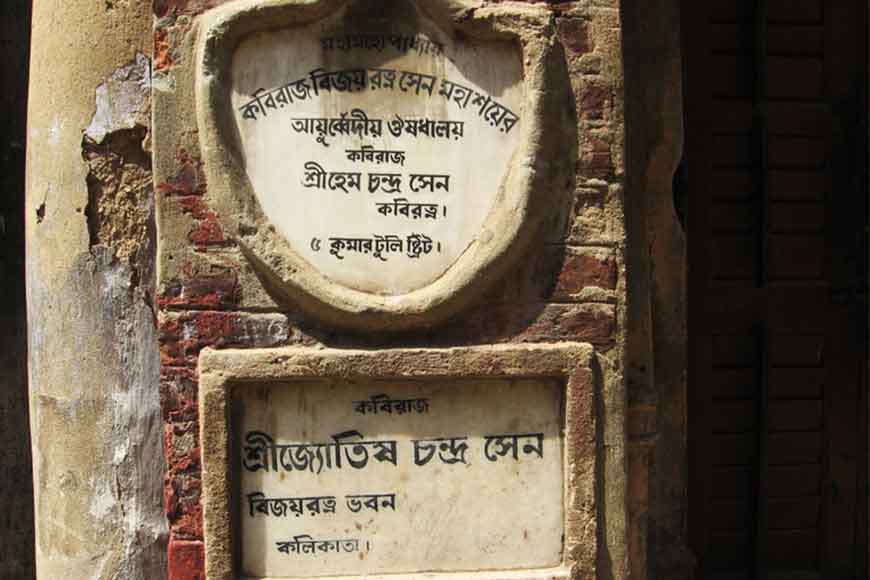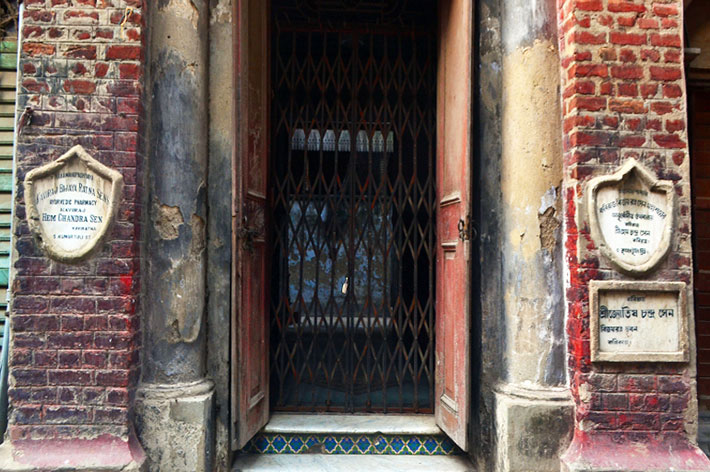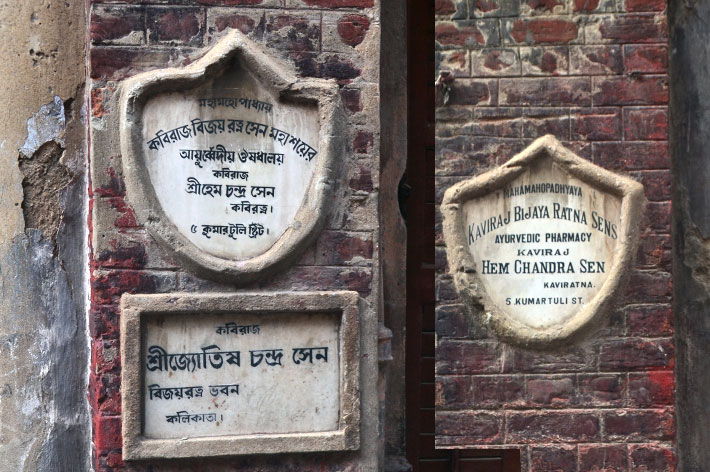Bengal was once a seat of ancient Ayurveda which is now believed to boost the immunity against COVID 19

A recent Calcutta High Court judgement passed by the division bench of Justice Harish Tandon and Justice Soumen Sen have directed the authorities to start Ayurveda treatment to boost immunity among children in several camps of migrant labourers, in children homes and orphanages across Bengal. This is keeping in mind the COVID-19 virus and how it can be tackled by increasing individual immunity. The judgement also prescribed regular drinking of lukewarm water, having regular dose of milk with honey and turmeric and so on.
In a world where even modern science seems to have failed to tackle a virus, many countries including India have sought to increase immunity in the population, as that is the only mechanism right now that will help us to fight the virus. Though we keep on talking of Kerala’s Ayurveda and of other North Indian states of India, we hardy ever speak of how this ancient medicine form had flourished in Bengal and was once suppressed by the European world, particularly the British.
In order to propagate and popularise Western Medicine, in the year 1835, Thomas Babington Macauley, President of the General Committee of Public Institution convinced the then Governor General of India, Lord William Bentinck to reform India’s existing secondary education system of the country. Macauley wished to spread only Western education and ordered to stop all financial aid to vernacular schools and teachers teaching in Sanskrit, Persian and Arabic.

As a result studies in Ayurveda Medicine was badly hit, as its functional form of medical treatment was written in Sanskrit and practiced by learned native doctors. There was furor everywhere against Macauley’s plan and even renowned British medics including Dr Johnson and Titler opposed it. Amid all this commotion, a middle-aged Brahmin set up Gangadhar Niketan Chatushpathi for aspiring Baidyas who would wish to learn Ayurveda and soon the institution became famous for training some of the best local doctors also known as Kabiraj. Ganga Prasad, Bijoy Ratna, Jaminibhushan were all alma mater of this prestigious native institution. This was indeed a golden period of Bengal’s revival in ancient medical science.
Kabiraj Ganga Prasad and his students openly challenged Macauley’s theory of introducing English and wiping out Sanskrit or other indigenous languages. They defied the British and under Gangadhar’s leadership, set up alternative Ayurveda treatment centres. In 1868, Gangadhar used the Sambad Gnyanratnakar machine to print and publish Jalpa-Kalpataru, a detailed note on the ancient Charaka Saṃhitā or Compendium of Charaka, a Sanskrit text on Ayurveda. By then, his batches of brilliant students depicted their competence as they studied Sanskrit texts and practiced ancient traditional medicines. The areas around Pathuriaghata and Kumortuli became the seat of Ayurveda medicine practice.

Gangaprasad Sen’s fame spread far and wide and patients came to him in hordes. His father Nilambar Sen was also a renowned physician whose medicines were so potent that limericks were written praising him. Even Shri Ramakrishna Paramhansa often praised Gangaprasad as the doctor with a Midas’ touch. However, Gangaprasad too, became a supporter of the Swadeshi movement and gave rupees one lakh to bail out Yogesh Chandra Basu, editor of Bangabasi, who was arrested for writing and propagating anti-Establishment ideas.
Gangaprasad’s fame also reached the distant shores and in 1877, Queen Victoria decorated him with the title of ‘Roy’ for his immense contribution to traditional methods of treatment. Kabiraj Bijoyratna was no less. His expertise and fame as a physician was also recognized by the British who honoured him with the title of ‘Mahamahopadhyay.’ Another ayurvedic doctor Kabila Jaminibhushan would be summoned to treat royal families of Gwalior, Indore and Tripura.

Even today, Gangaprasad’s house at 5 Kumartuli Road, stands as a testimony of the glorious past. Close by lies Bijoyratna Bhavan in a dilapidated state, with the title of ‘Mahamahopadhyay’ peeping from the nameplate near the entrance. This nameplate is a testimony of erstwhile Bengal’s defiance against Macauley’s propaganda who thought Indian vernacular languages were inadequate in providing modern higher education.










